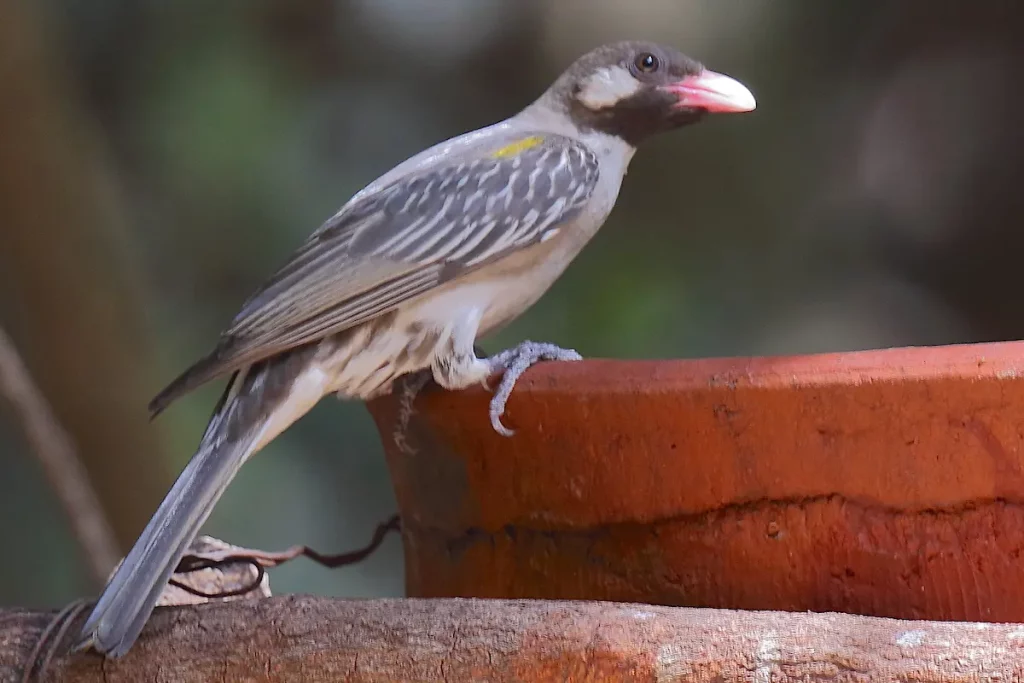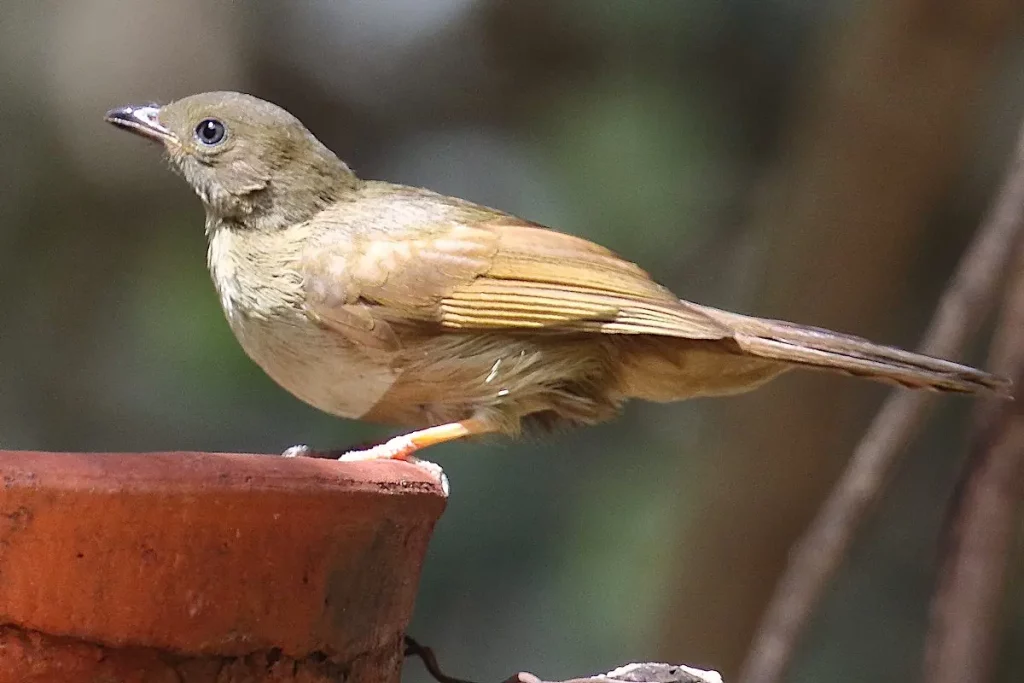The Greater honeyguide gets its name from its ability to guide humans to honey. I know this sounds far-fetched but it’s absolutely true. These incredible birds have a long-standing symbiotic relationship with humans. The Boran honey hunters in East Africa follow the Honeyguide to bee’s nests and when the hunters have taken the honey this amazing bird returns to eat the wax left behind.


Bird information.
Where can we see a Greater honeyguide?
It prefers dry open woodland and the male and female pictured above were photographed in Farasutu Forest.
What do they look like?
It is about 20 cm long and weighs about 50 g. Like all African honeyguides, it has bold white patches on the sides of the tail. The male has dark grey-brown upperparts and white underparts, with a black throat. The wings are streaked whitish, and there is a yellow shoulder patch. The bill is pink.
The female is duller and lacks a black throat. Her bill is blackish. Immature birds are very distinctive, having olive-brown upper parts with a white rump and yellow throat and upper breast. Source Wikipedia
What does it feed on?
They feed mostly on the contents of bee nests, for example, bee eggs, larvae and pupae, waxworms and beeswax.
Want to know an interesting Factoid?
Beeswax is not digestible by humans or any other animal however the Greater honeyguide can and does digest beeswax.
How does it sound?
Its call is a sharp chattering
